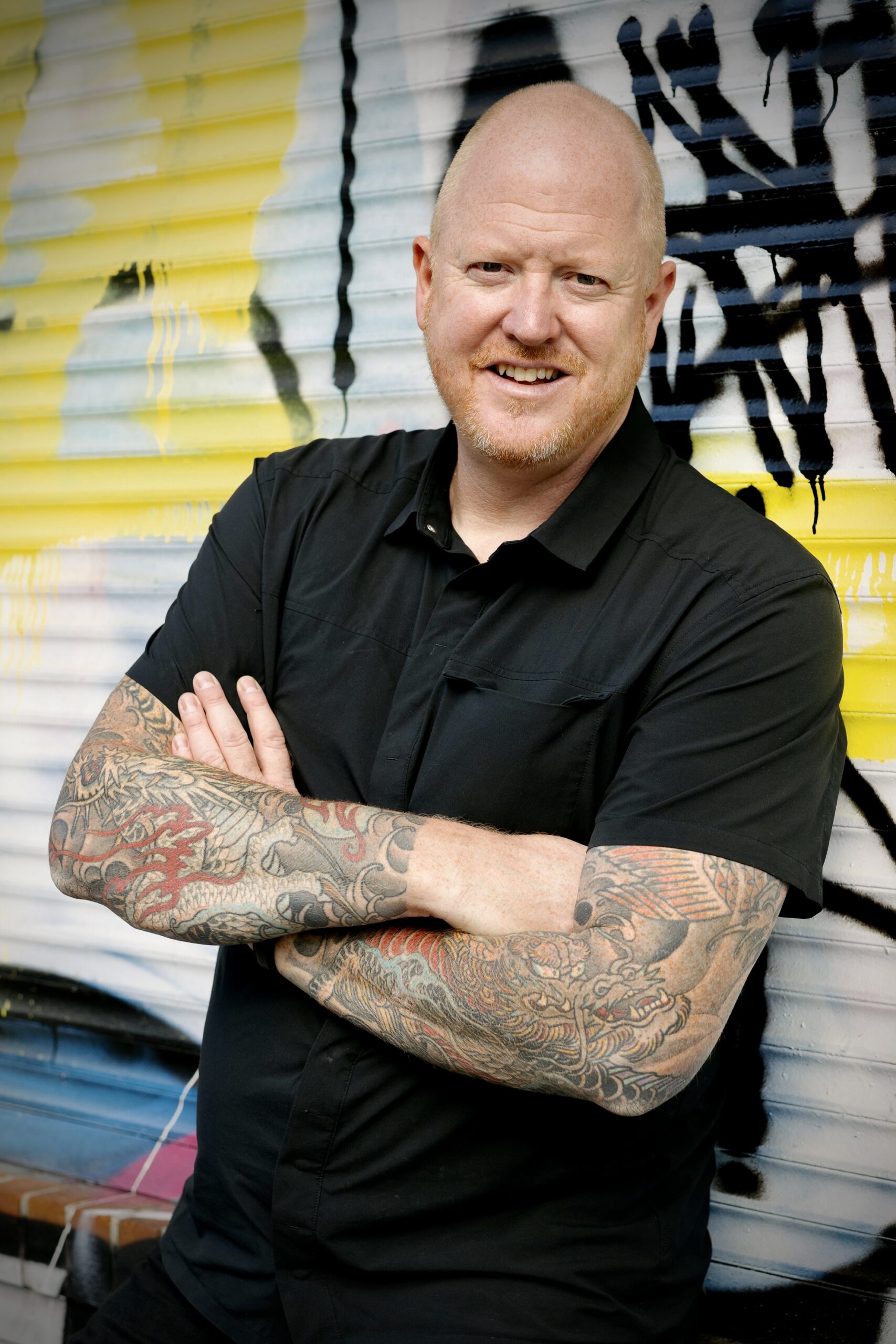Insights · September 19th, 2012
This is Part 1 of Chapter 5 of our book on the future of cities, being written with Dennis Walsh. Our plan is to publish a new book blog nearly every day for the next couple of months. We will publish them both here on futurist.com and on dothefuture.com. Later we will compile the blogs into an e-book.
We are debating the eventual title. We started with two choices: “Downtown” and “Shine…The Rebirth of American Cities.” Which do you like? We hope you will find the subject of interest and follow this book in serial form. A reader has suggested, “City Transformation?” So far, “Downtown” with a subtitle is leading. What do you think?
—————————————————-
CHAPTER FiVE – Part 1
by Dennis Walsh and Glen Hiemstra
BLOG ONE CHAPTER FIVE
Setbacks and hard times are not permanent. Life goes on. There are as many possible “futures” as there are a range of possibilities and potential discontinuities. The dark clouds will give way to sunshine. The choice is up to you. In case you’ve been wondering, the future starts here. Let’s look at what’s coming next.
Expect unprecedented economic growth to put pressure on resources. Emerging demand will outstrip supply and at the same time climate change will have a greater impact on national and global security. Deforestation, agriculture, urban development and manufacturing have always and will continue to shape the world. If we continue our present journey – if we fail to mitigate the effects of climate change – we will expose ourselves to instability and conflict.
Climate Change is the major environmental force. The emergency management community in the United States expects the most visible impacts to occur from natural disasters. Events like Hurricane Katrina can have national security implications domestically and abroad. And still, we continue to invest trillions of dollars in global urban development designing and building in areas of chronic systemic risk.
Cities will have to compete as never before. Greatness will take money and talent. Talent will attract investment that will create jobs. Companies will locate where the talent is. People and jobs will create the wealth cities need to become great. And the circle will be complete. Right enough. But the human brain is hardwired for speed. We get a kick from the danger, the buzz that comes from going fast. Like most of us, transnational corporations operate on an ethic of unbridled economic self-interest, maximizing profits with little regard for ecological costs. Booming, hard-driving competitiveness raises value issues. Our system of growth, and the system of nature have collided. What’s clear is that our obsessions are costing us the Earth.
Urban development started around 3,000 B.C. in ancient Mesopotamia. Ancient cities were both ‘organic’ and ‘planned’. They weren’t just places where people lived together. They were hierarchies of power and socialization; walled citadels that grew up around marketplaces. Early cities were all about wealth and conquest. Over time, urban economies wove themselves into national and international economies. People became units of production and consumption and grew increasingly disconnected from nature, until now.
By 2030, cities will be a battleground for sustainability. America’s response to the challenge of global climate change will define our ability to compete globally. Without cities, a transition to a low-carbon, resource-efficient Green Economy as a way and as a means for implementing sustainable development, will always remain an aspiration rather than a reality. Solo survivalism will not work. It will take a village, and we each have a lot of learning to do. Transition times will mean stretching and growing in ways we have never had to before. Even now, people are creating a safety net of resilience that will enable our local communities to survive in peace and security.
In the near future, local initiatives will enable local communities to decouple, even to disconnect if necessary. They will settle local affairs in order to go it independently in the event of shocks to the larger system. They will address potential systemic collapses in the industrial supply system, everything from medicine to food to cars. Think about it. The production of products and services that make our economy run is constructed by a global network of suppliers all over the world – even in unstable regions. An accident or political problem in any number of countries could be disastrous. That’s the risky side of globalization. When one link in that chain is broken, there is no fallback. If and when push comes to shove and communities lose the ability to trade with each other, there will need to be a framework in place to survive. Here is the trick question – how can local communities become both locally more self sufficient, and fully plugged into the beat of the global economy, simultaneously?
Future national security will be a complicated challenge. Great cities will be smart and innovative, committed to proven solutions. Industry clusters will give cities a competitive advantage when it comes to economic development and business attraction. But for clusters to sustain a long-term advantage, research will be necessary. The re-birth and revitalization of American cities will take universities and the young minds they produce.
———————————————————
[Glen Hiemstra is the Founder of Futurist.com, and curator of Dothefuture.com. Dennis Walsh is a sustainability futurist from Canada best known for his work as the first publisher of green@work. Contact us through futurist.com]

